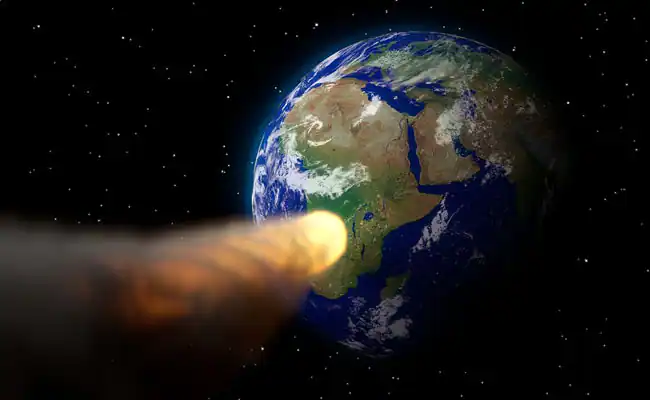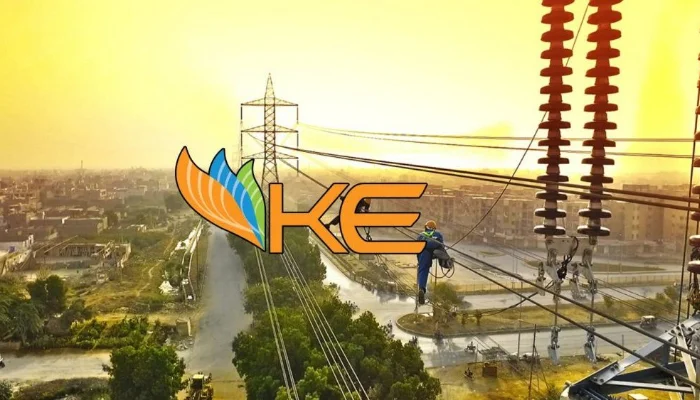According to one scientist, a large asteroid striking Earth could release a thousand times more energy than a nuclear bomb.
Astronomers warned the New York Times last week of the devastating impact a rogue space rock could have on our planet.
Researchers have discovered the majority of near-Earth asteroid large enough to cause global devastation.
Nasa programmes monitor thousands of so-called near-Earth objects (NEOs) that could pose a threat around the clock.
NEOs measuring roughly 460 feet across, on the other hand, number in the tens of thousands and have the potential to cause significant damage.
Megan Bruck Syal, a planetary defence researcher at the Lawrence Livermore National Laboratory, told the New York Times that half of them are unidentified and capable of causing city-razing explosions “larger than any nuclear test that has ever been conducted.”
Even if an asteroid only 160 feet across strikes Earth, it will be a “really bad day,” she says.
On June 30, 1908, a landslide a few hundred metres across devastated 800 square miles of forest near Tunguska in Siberia.
“That’s still 1,000 times more energy than the Hiroshima bomb,” said Dr. Bruck Syal.
It is estimated that only one out of every ten near-Earth objects in this size range have been discovered.
Space agencies track thousands of so-called near-Earth objects (NEOs) in order to provide an early warning if they change course and collide with our planet.
Any object that comes within 4.65 million miles of us is deemed “potentially hazardous” by space agencies.
Since the space rock that wiped out the dinosaurs 66 million years ago, Earth hasn’t seen an asteroid on this scale.
Smaller objects capable of flattening an entire city, on the other hand, collide with Earth on a regular basis.
Fortunately, Nasa believes that none of the NEOs it monitors are on a collision course with our planet.
This could change in the coming months or years, as the space agency frequently revises the predicted trajectories of objects.
“Nasa is aware of no asteroid or comet that is currently on a collision course with Earth, so the likelihood of a major collision is quite low,” Nasa says.
“In fact, as far as we can tell, no large object is likely to strike the Earth in the next few hundred years.”
There isn’t much scientists can do if a city-destroying asteroid threatens our planet.
Astronomers are investigating how nuclear weapons could be used to divert or destroy dangerous space rocks in the future.
Nasa’s Double Asteroid Redirection Test space mission will collide with an asteroid later this year in an attempt to alter its orbit around the sun.
The mission is intended to serve as a practise run for the day when we need to slam a space rock out of the way of Earth for real.





















